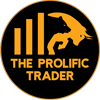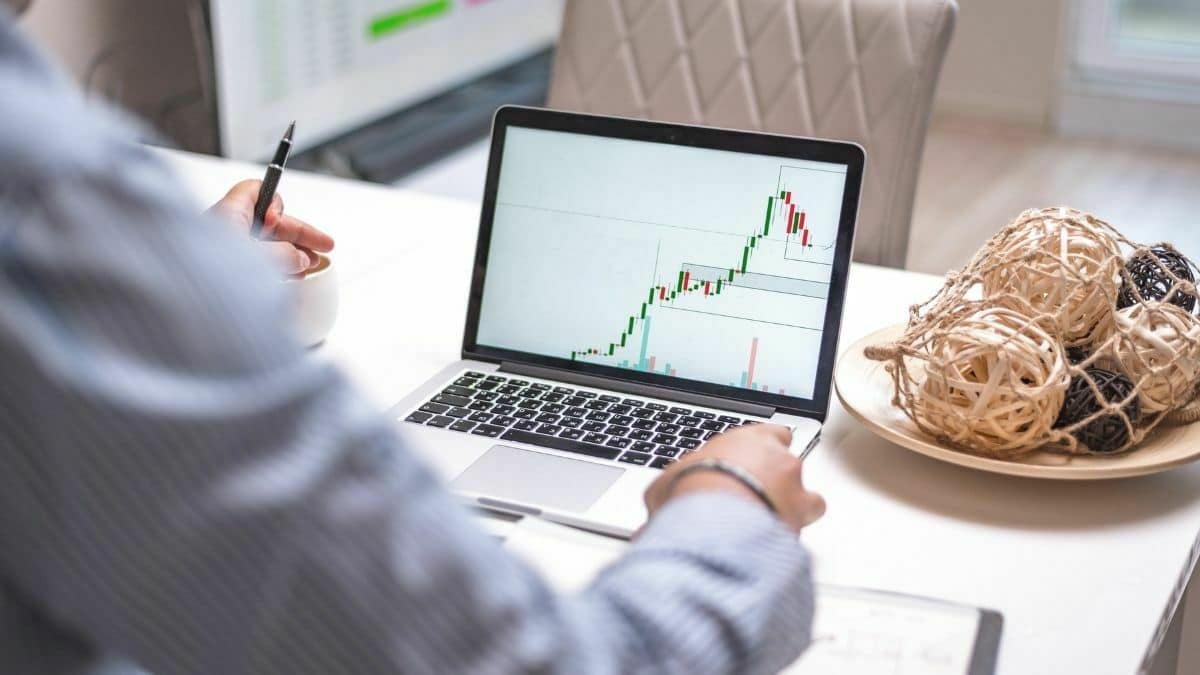In the financial markets, there are several different types of traders. They trade in a variety of markets and time frames.
How many Different Types of Traders in Market
Different types of traders usually trade in different markets. Here is a list of different types of traders.
Day traders:
Day traders trade during typical market hours and close their trades when the market closes. They avoid the possibility of overnight gaps by trading daily trading price moves only. They close flat after closing their positions at the end of the trading day. This means that stock day traders’ trades are opened after 9:30 a.m. EST and close before 4:00 p.m. EST. For all other types of day traders, this usually means that they open and close trades at their trading desk in one sitting.
Scalping traders
Scalping traders make money by buying and selling speedily throughout the trading day, aiming for smaller-scale profits in minutes or seconds. Scalpers have an advantage in terms of speed of execution and getting in and out of trades as quickly as possible while still making a profit. Market makers trade on the shortest time frames on Level 2 quotes, which are within the bid/ask spread.
Swing traders
Swing traders attempt to capture short- and medium-term movements in a chart over a period of days or weeks. They thrive in range-bound markets, where they trade price changes from lows to highs and markets that start moving in one direction for several days at a time.
Position traders
Position traders: Position traders hold the position for a long time with the hopes that market prices will probably move in their favor based on the analyses of a chart or market. Months to over a year is the average time frame for which traders hold trades. Position traders are inactive traders who make a few large bets on some of their best ideas. They have a reputation for having some of the most successful traders.
Breakout traders
Breakout traders buy whenever a price makes a new high in the time period under consideration. A breakout to a new high in price from a long price base in a trading range is usually a breakout trader’s favorite. Breakout signals over previous trendlines are the most common chart pattern signals. Traders who trade breakouts typically buy high and sell high.
Reversal traders:
Trying to enter a position throughout a trend change on a chart is known as reversal trading. Hoping for a clear shift in a current price direction where it appears to be moving in the opposite direction of the previous high or low is the first position in buying a reversal. Trading a reversal involves buying a dip in a trend that appears to have put in a low price and selling short after a chart rips higher in price but appears to have put in a high price.
Momentum traders
Momentum traders buy rising-priced charts and sell them after they appear to have reached their peak; they also sell short a falling-priced stock and buy to cover when it appears to have reached its low. They buy and sell strengths and weaknesses. Momentum traders buy and sell short opportunities in brief up and down moves using volatility, then exit as momentum fades. Their buy shortlist is comprised of the strongest charts, while their sell shortlist is comprised of the weakest charts.
Trend followers:
Trend followers do not forecast market direction in the future. By being on the right side of a long-term trend, trend followers use quantified trading systems with an edge to generate big wins and small losses. They will buy high and sell high, as well as sell short and buy lower. They studied how to stay long in bubbles and short in crashes by allowing winners to run and cutting losers short. Trend Followers rely on reactive technical analysis rather than predictions, opinions, or fundamentals.
They trade in the direction of the current trend. They look for long positions in bull markets and short positions in bear markets.
Options traders:
Options traders use long and short call and put option contracts to express their trades in a variety of ways. They can buy or sell option premium, bet on market volatility, hedge their positions, and leverage their bets with defined risk by buying or selling option premium. To profit, option traders must be correct about the time frame and magnitude of the move.
Futures Traders:
Futures traders have their own auction market where they can buy and sell futures contracts for commodities, stock indexes, and currencies for delivery at a future date (Some futures are also cash settled). Speculators use futures, which are derivatives contracts that lock in prices for future delivery, to profit from price movement. Traders can use futures to gain leverage and hedge their positions.
Algorithmic Traders:
Algorithmic traders use quantified rules-based trading systems to execute entries, exits, and position sizing in order to gain a profitable edge based on market patterns and execution speed.
Macro Traders:
Macro traders try to profit by trading based on patterns in global economic data such as growth, unemployment, inflation, interest rate trends, international trade and payment balances, changes in world politics, government and central bank policies, international financial relationships, and large global financial systemic factors.
Forex Traders
Forex traders are traders who buy and sell currencies on the foreign forex exchange market. With each currency pair trade, a forex trader sells one currency and buys another. If the currency they bought moves in value against the currency they sold, they profit. In the forex markets, a currency pair is a price quote for the exchange rate of two different national currencies. When an order for a currency pair is placed, 1st listed currency (base currency) is purchased, while the 2nd listed currency (the quote currency) is sold.
These all different types of traders trade in different markets, different trends, etc.
Also read
12 Common Mistakes New Traders Do


